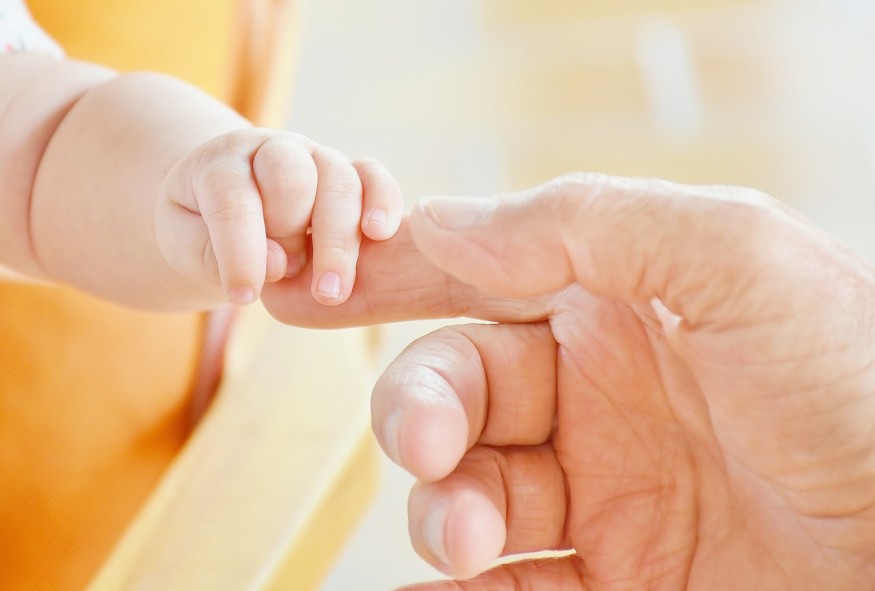In India, a baby was born with 26 fingers and toes, seen by her family as a divine occurrence. The newborn from Bharatpur, Rajasthan, possesses seven fingers on each hand and six toes on each foot.

Reincarnation or Genetic Anomaly?
Sarju Devi, 25, expresses joy over her unique child's birth. Her brother, unnamed, believes the baby to be Dholagarh Devi's incarnation, bringing happiness to the family. The baby's father, Gopal Bhattacharya, a police constable in the Central Reserve Police Force, shares their happiness.
While doctors consider it a rare genetic anomaly, her family perceives her as a reincarnation of a Hindu goddess. The baby's birthplace is home to the renowned temple of Dholagarh Devi, wherein depictions often portray her as a youthful girl with multiple arms.
Dr. BS Soni, a medic at the baby's birth hospital, reassures that having 26 fingers poses no health risks; it is merely a genetic anomaly. The baby girl is in excellent health otherwise. For now, It remains uncertain whether the family intends to pursue surgery to address their newborn's extra fingers and toes.
The recent birth of the baby with extra fingers and toes follows closely an incident aboard an airplane, where a traveler shocked fellow passengers by removing his shoes and socks, revealing an extra toe.
A TikTok video capturing this moment quickly went viral, amassing an impressive 8.1 million views and over 14,000 comments. The video has sparked a lively debate about the appropriateness of going barefoot in public, with many commenters finding humor in the peculiar clip.
Last year, a similar occurrence also took place in India when another baby was born with an additional pair of legs and arms. Referred to as a "miracle of nature," the child drew comparisons to a reincarnated deity.
The baby entered the world at the Shahabad Community Health Centre in Hardoi, located in the northern Uttar Pradesh region, attracting locals who flocked to the hospital to witness this extraordinary, multiple-limbed manifestation of divinity.
Polydactyly: Having Extra Fingers and Toes
The abovementioned cases are examples of the genetic anomaly called polydactyly, or hyperdactyly. It is a common birth defect involving extra fingers or toes, known as digits.
This condition is often classified as a congenital hand difference when it affects the hands. Diagnosis typically occurs via prenatal ultrasound or a post-birth physical examination, with treatment tailored to the specific location of the extra digits.
Polydactyly is categorized by its location on the hand or foot. Types include preaxial polydactyly, involving an extra thumb or big toe; central polydactyly, where extra digits appear between the middle fingers or toes; and postaxial polydactyly, featuring an extra pinkie finger or toe.
It can affect any newborn but is more common in African American babies than in white babies, with a 10-fold higher likelihood. Babies assigned male at birth (AMAB) have a higher chance of being born with polydactyly than those assigned female at birth (AFAB). Family history of genetic disorders, especially in immediate relatives, can increase the risk.
Polydactyly itself typically has minimal impact on a child's body and is not dangerous, with the extra digits causing no symptoms or discomfort. However, if polydactyly coincides with genetic disorders or other birth irregularities, those conditions may have lasting effects on growth and development. Approximately 1 in 1,000 babies born each year has some form of polydactyly.
RELATED ARTICLE:
Woman With T-Rex Fingers Sells Casts of Her Hands; What Condition Caused Her Three-Fingered Hand?
Check out more news and information on Medicine and Health in Science Times.
© 2025 ScienceTimes.com All rights reserved. Do not reproduce without permission. The window to the world of Science Times.












